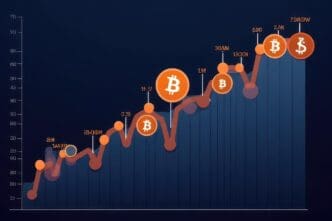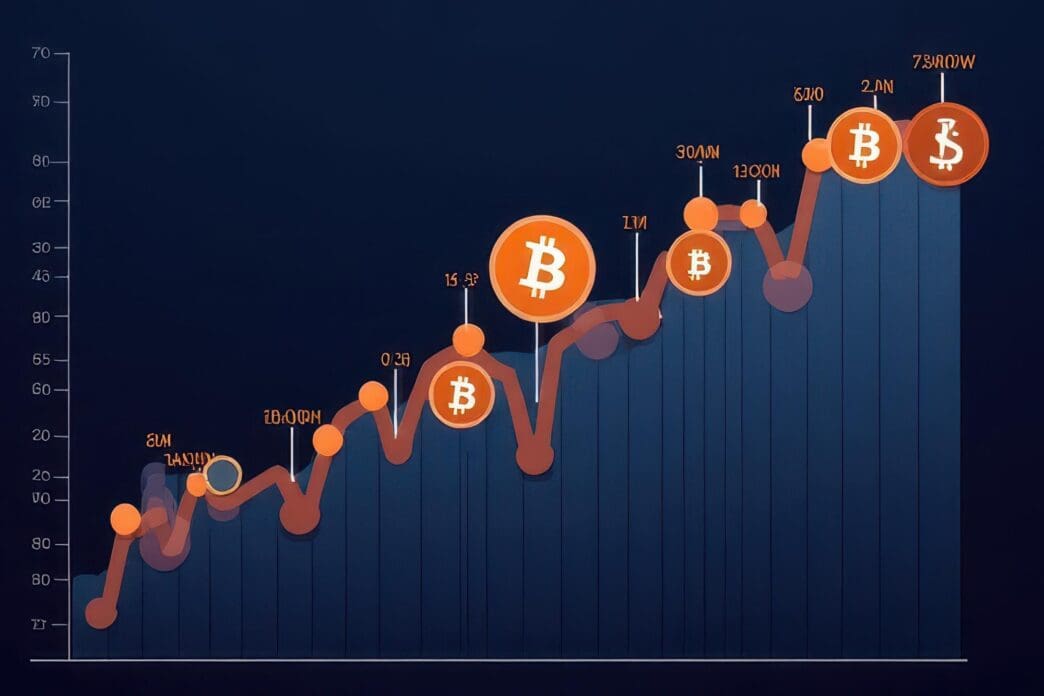Executive Summary
The Story So Far
Why This Matters
Who Thinks What?
Bitcoin failed to reclaim the $110,000 level on Friday, despite high expectations from traders following the monthly BTC options expiry. This struggle comes as strong U.S. economic data, rising gold prices, and rallying stock markets appear to shift investor focus away from the leading cryptocurrency’s upside. Compounding Bitcoin’s challenges are ongoing regulatory uncertainty and vague plans surrounding a potential U.S. Strategic Bitcoin Reserve.
Macroeconomic Headwinds Dampen Bitcoin Rally Hopes
Hopes for a post-expiry rally were dashed as bearish momentum continued, driven in part by macroeconomic data suggesting persistent inflation. The U.S. Commerce Department reported Friday that the Personal Consumption Expenditures (PCE) price index rose 2.7% in August year-over-year, matching economists’ forecasts, which reinforces the Federal Reserve’s cautious stance on lowering interest rates.
Futures markets indicate that traders have adjusted their expectations, now dialing back the probability of interest rates falling to 3.75% or lower by year-end. The CME FedWatch tool currently shows a 67% implied probability of two 0.25% rate cuts by year-end, a decrease from 79% just a week prior.
Traditional Assets See Gains
Adding to Bitcoin traders’ frustrations, gold surged to $3,770 on Friday, coming within 0.5% of its all-time high. This movement signals that investors are increasingly leaning toward traditional safe-haven assets amid broader economic uncertainties.
Meanwhile, the S&P 500 posted gains on Friday after new data revealed a 0.6% rise in U.S. consumer spending for August. This defied earlier economist expectations of a slowdown in spending, which had been attributed to rising prices and concerns over a weakening labor market. A strong U.S. economy generally supports stock markets by bolstering corporate earnings and reducing perceived risk, particularly amid growing worries about an escalating trade war, which has seen President Donald Trump’s administration introduce new import tariffs, including a 100% duty on patented pharmaceuticals.
Crypto-Specific Challenges Emerge
Beyond macroeconomic factors, the cryptocurrency market has faced its own set of challenges, further pressuring Bitcoin’s price. A Wall Street Journal report on Thursday revealed that several cryptocurrency treasury firms had been contacted by U.S. regulators, including the Securities and Exchange Commission (SEC) and the Financial Industry Regulatory Authority (FINRA).
Regulators reportedly raised concerns about unusually high trading volumes observed prior to corporate announcements. Regulations prohibit public companies from selectively disclosing material, nonpublic information, prompting suspicion over sharp gains in certain listed stocks days before relevant disclosures.
Uncertainty Surrounds US Bitcoin Reserve Plans
Traders are also growing increasingly frustrated with the lack of progress on the U.S. strategic Bitcoin Reserve plan. Although an Executive Order signed in March referred to “budget-neutral” strategies to accumulate Bitcoin, no concrete steps or announcements have followed. Despite repeated promises to audit the government’s cryptocurrency holdings, no action has yet been taken, leaving the status of such reserves opaque.
Looking Ahead
Bitcoin’s price continues to face pressure from a macroeconomic backdrop that currently favors traditional markets like stocks and gold. This is compounded by mounting uncertainty stemming from a possible SEC investigation into crypto treasury firms and the unresolved status of U.S. strategic Bitcoin reserves, all contributing to its struggle to break past the $110,000 threshold.







